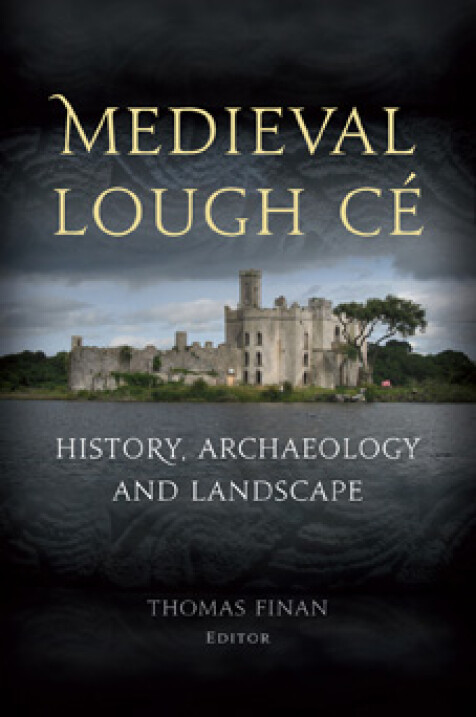Medieval Lough Cé
History, archaeology and landscape
Thomas Finan, editor
'Medieval Lough Cé stands out from the relevant scholarship that has come before through its focus on a particular subject matter, in this case a particular medieval landscape examined from multiple viewpoints (archaeological, art historical, biological, ecological, and historical) as well as the range of disciplines collected within the various authors' contributions … The result is a book that is both informative as well as intellectually stimulating … every single chapter presents new information from the various fields of inquiry represented in the book … a very useful book, not simply as a compilation of completed research, but also as a jumping off point for future studies', James Schryver, Eolas (2011).
‘Lough Cé, which lies in County Roscommon, not far from the Leitrim border, was a very important religious and social site in the medieval period. This collection of essays discusses a number of aspects of the lake and hinterland and its importance to the wider region. A heady mix of archaeology, architecture and history, this book is a must for those interested in the Roscommon/Leitrim region and its relevance to the medieval period … this book has something for most people interested in medieval history and archaeology. Filled with illustrations and housed in an attractive sleeve, the editor has compiled an important study of the region', Brendan Scott, Breifne Journal (2011).
‘Medieval Lough Cé is the first step in making recent archaeological and historical discoveries available to the wider public, shedding light on the significance of this region in the dynamics of medieval Irish history … Medieval Lough Cé is a call for further study, and showcases the results of new and ongoing research that challenges many long-held notions about the function and importance of the sites around the lake. Much of the data has been gathered directly by the volume’s contributors, many of whom have spent years investigating this material … the evidence that they meticulously present, and the implications for reconsidering the region in its medieval context, are ground-breaking … The image of medieval Ireland offered in Medieval Lough Cé is complex, textured and variable – it is an ever-changing landscape that still has much to reveal to the archaeologist, historian, art historian or literary scholar who peels back the layers to find what lies beneath. There are several excellent maps, diagrams and images included that stimulate the visual imagination … [this book] is an interesting read for any medievalist, even those without a background in archaeology … The essays create a complex and nuanced portrait of Lough Cé and its place in Irish history and culture, and in the formation and maintenance of medieval Irish identity … a valuable and authoritative contribution to the growing body of research on Gaelic Ireland', Larissa Tracy, Óenach: FMRSI reviews (2011).

